
I was reading a piece lately about some rather deplorable conditions (bedbugs, ew!) and raunchy actions (primarily sex) on Chicago Transit Authority (CTA) trains. The evidence originated from those who should know, the operators of the trains.
Now I am a regular rider (both by choice but also because of financial constraints), and I have noticed some odd behavior lately, and one could possibly attribute some of the aggressive behavior to the polarized climate of stress since the last election, but let's face it, the transportation is for the public. And no one in a public environment is ever completely placid and uniform, despite the presence of certain social etiquette mores.
I won't discuss the panhandlers or persons who sadly are suffering from some form of mental illness, specifically, as they, regardless of their individual backstories, have always been a constant presence on the subway. I will instead focus and comment on the more odd, and one even charming, people and actions I have noticed through the years.
A heavyset African guy plugged into headphones was falling asleep. His head gradually ended up on the shoulder of a young woman sitting next to him. She actually responded nicely, gently nudging him, and I heard her say, “You were falling asleep.” He looked dazed and immediately shut his eyes again. This falling asleep on people is not uncommon; a former coworker of mine told me she did the same, and she told me the nice elderly woman next to her just let her rest that way through most of the journey. I have never fallen asleep on anyone on the subway, though I have often through about resting my head on the chest and shoulders of a few hot guys here and there on various trips.

One rush hour, on a particularly crowded train car, a woman began flossing her teeth. I think this action ranks with the bedbugs. People were so jammed in and in obvious discomfort that this action went unnoticed, though a heard a few tsking sounds here and there. Ew!
I overheard a woman (and yes, I was listening), overall rather in coarse in clothing and flat of voice, firing someone. Yes, on a cellphone, and yes, on the subway. The corporate jargon words and phrases I heard included, “I don't think this position is working out for you.... as a manager, I've felt the need to discuss what is going on with you recently.... you are just not a good fit for us right now.” On the subway? Come on! Where is the sense of proportion, boundaries?
I've noticed these three incidents involved boundaries. People are doing actions in public that one normally does in private, either at home in the bedroom or the bathroom, or in an office.
And speaking of boundaries, I must admit, I've never seen any overt sexual activity on the subway, and I really don't remember any particularly passionate public displays of affection. But then, I don't take the CTA that late, when more of these incidents might occur, the results perhaps of intoxication other factors that cause one to break taboos.
And lately, because the majority of the riders are plugged into phones (perhaps the new conventional subway behavior), certain actions tend to stick out more, even a conversation. For example, I overheard a heated conversation between high school boys who looked like conventional nerds with big thick glasses, 90-pound weaklings who would get sand kicked in their faces by jocks, about obscure astronomical data. Something about orbits and velocity. Really advanced math. Well, in a few years, these kids will be making the big bucks and never have to ride the subway again.
Still, in my subway observations and musing, I would rather fantasize about the more conventional hot young business guys in their tight dress pants and gleaming brown derby shoes or the rougher types in athletic gear freeballing.

People on the subway have come a long way since Ethel refused to ride it in blue jeans when she had to take Lucy, vaguely disguised as a beekeeper, to the silversmith. Lucy had somehow gotten a loving cup/trophy stuck on her head.
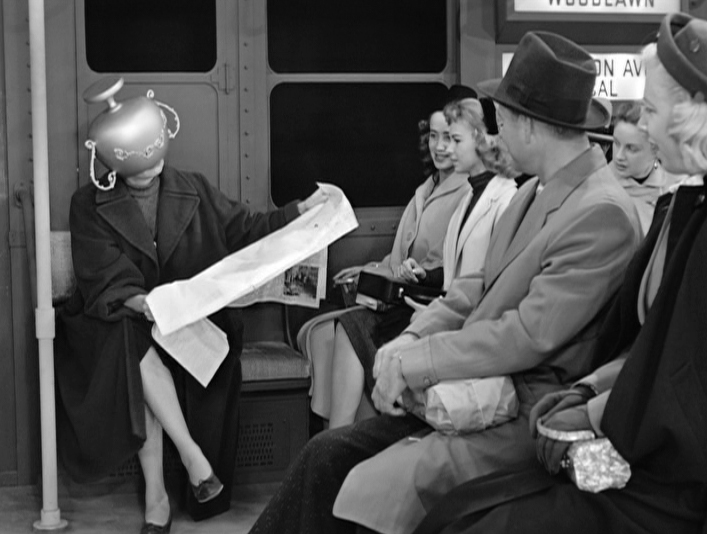
But that's so much interesting than staring at a phone screen, eh?




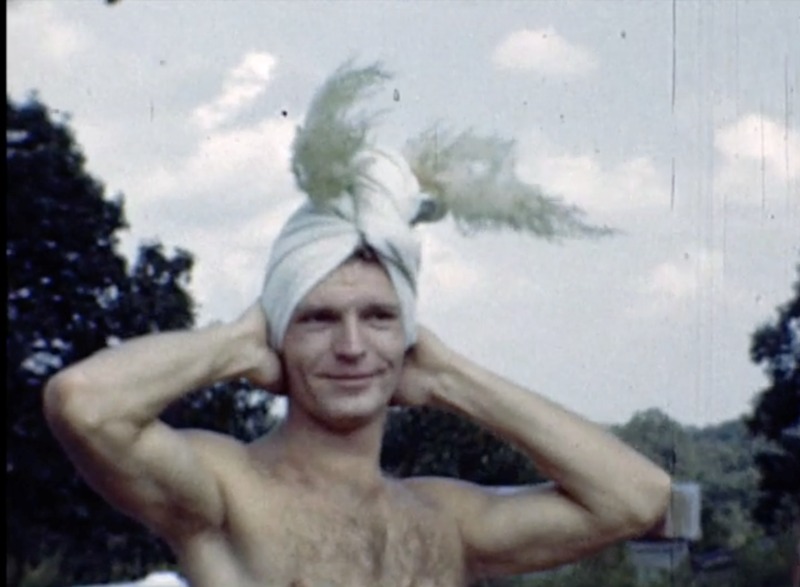

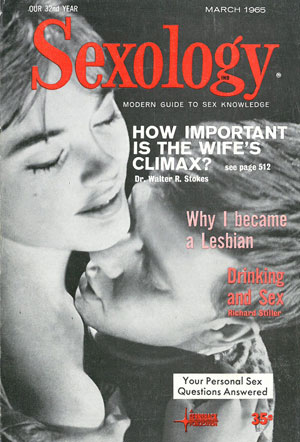

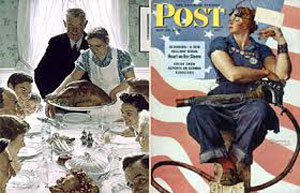
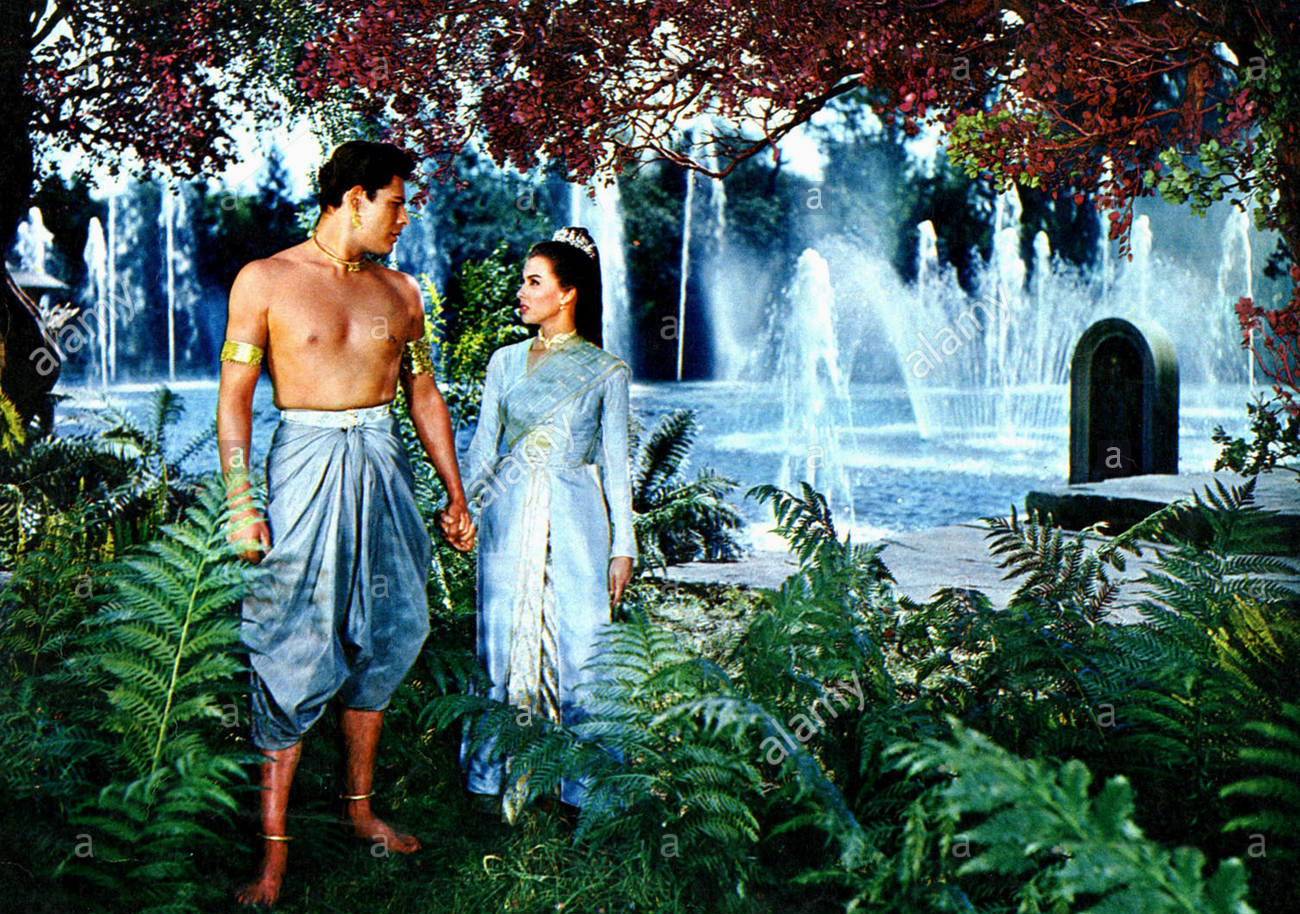
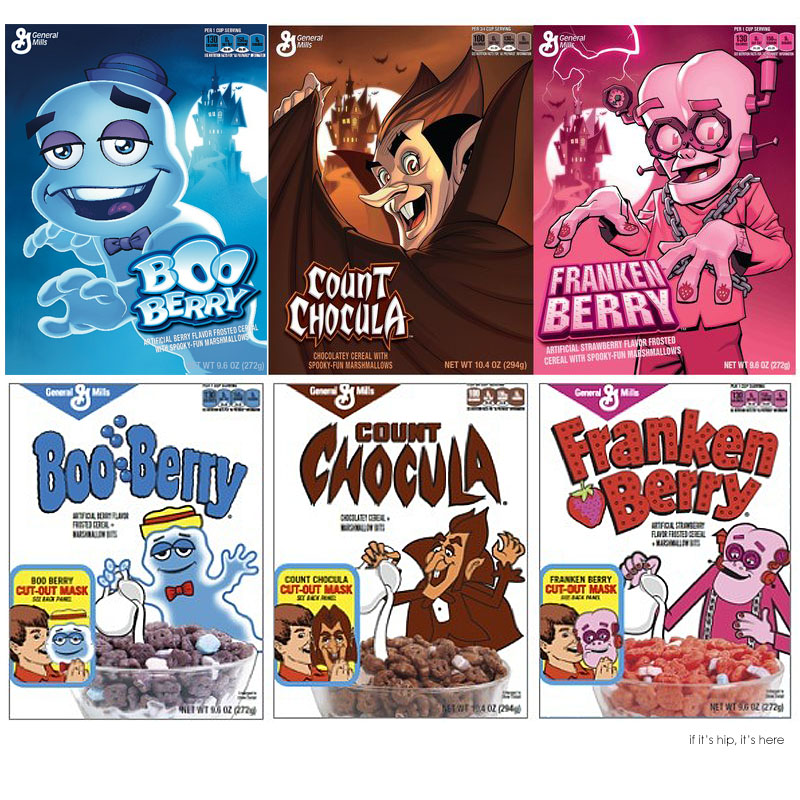




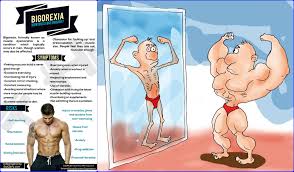


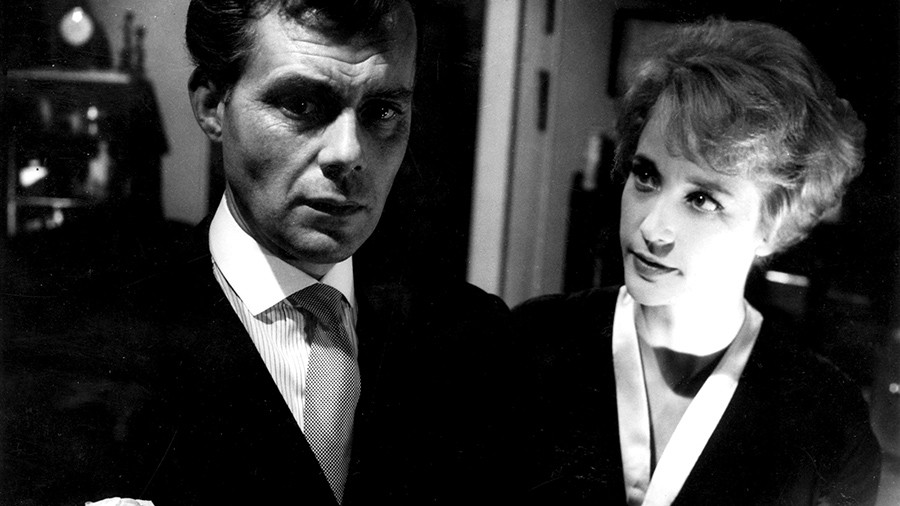
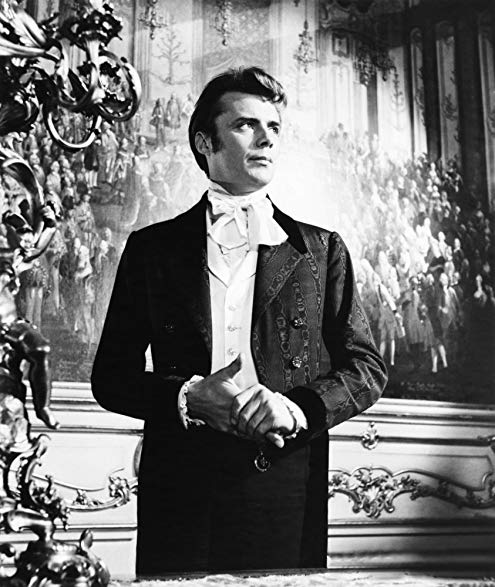


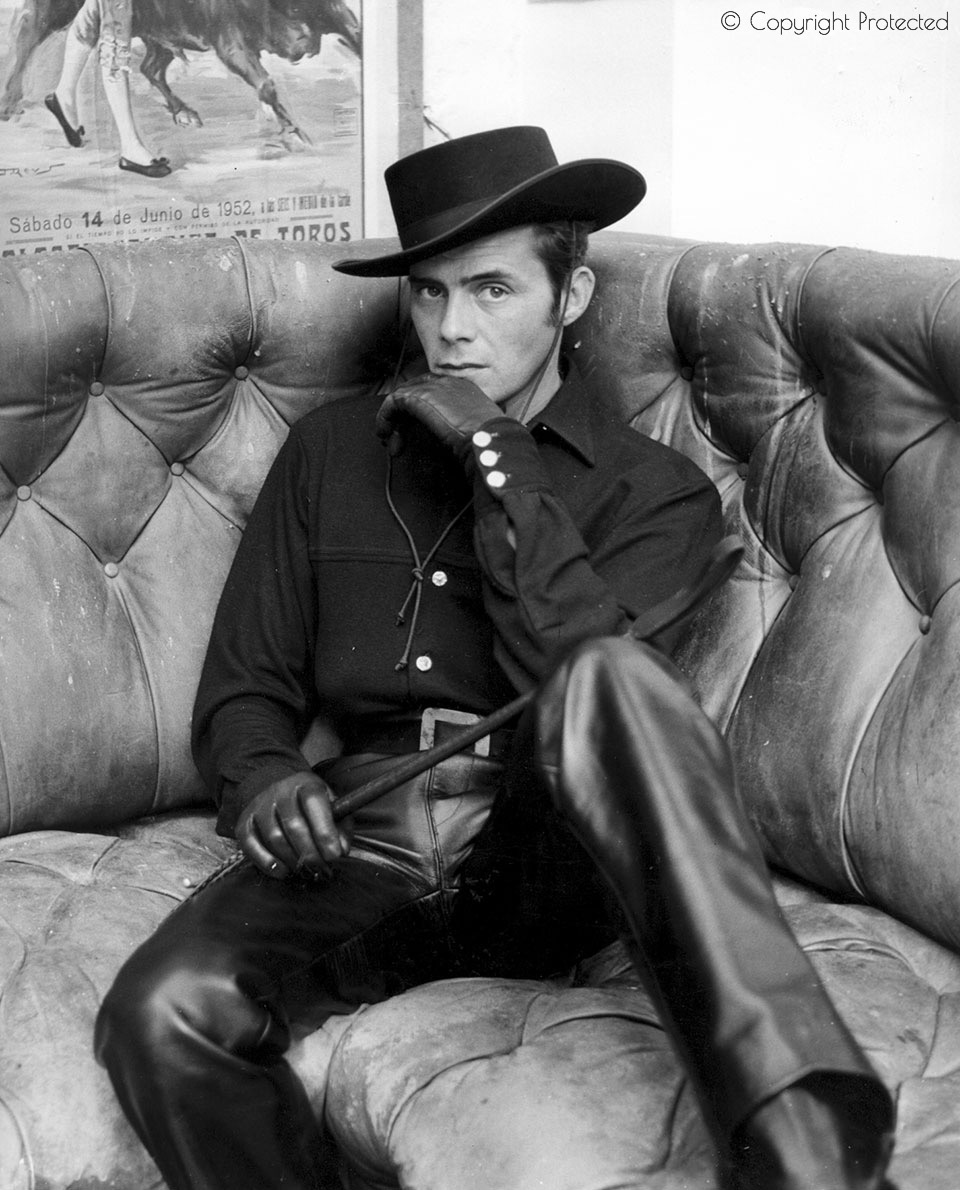
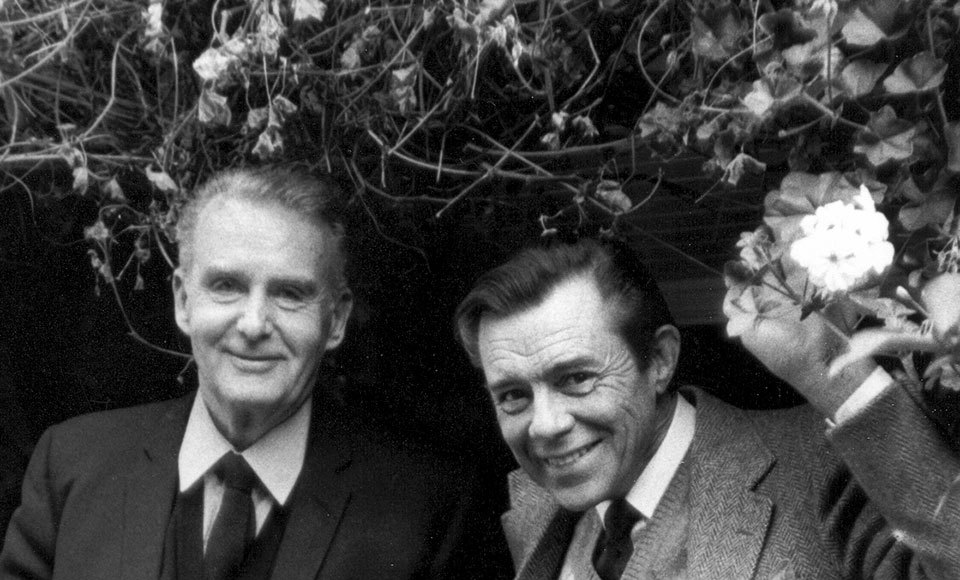
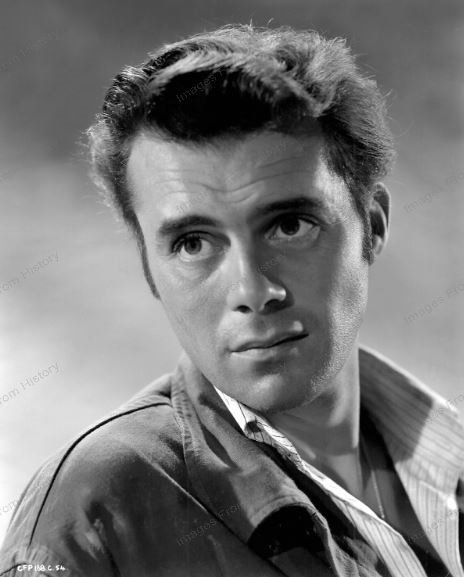
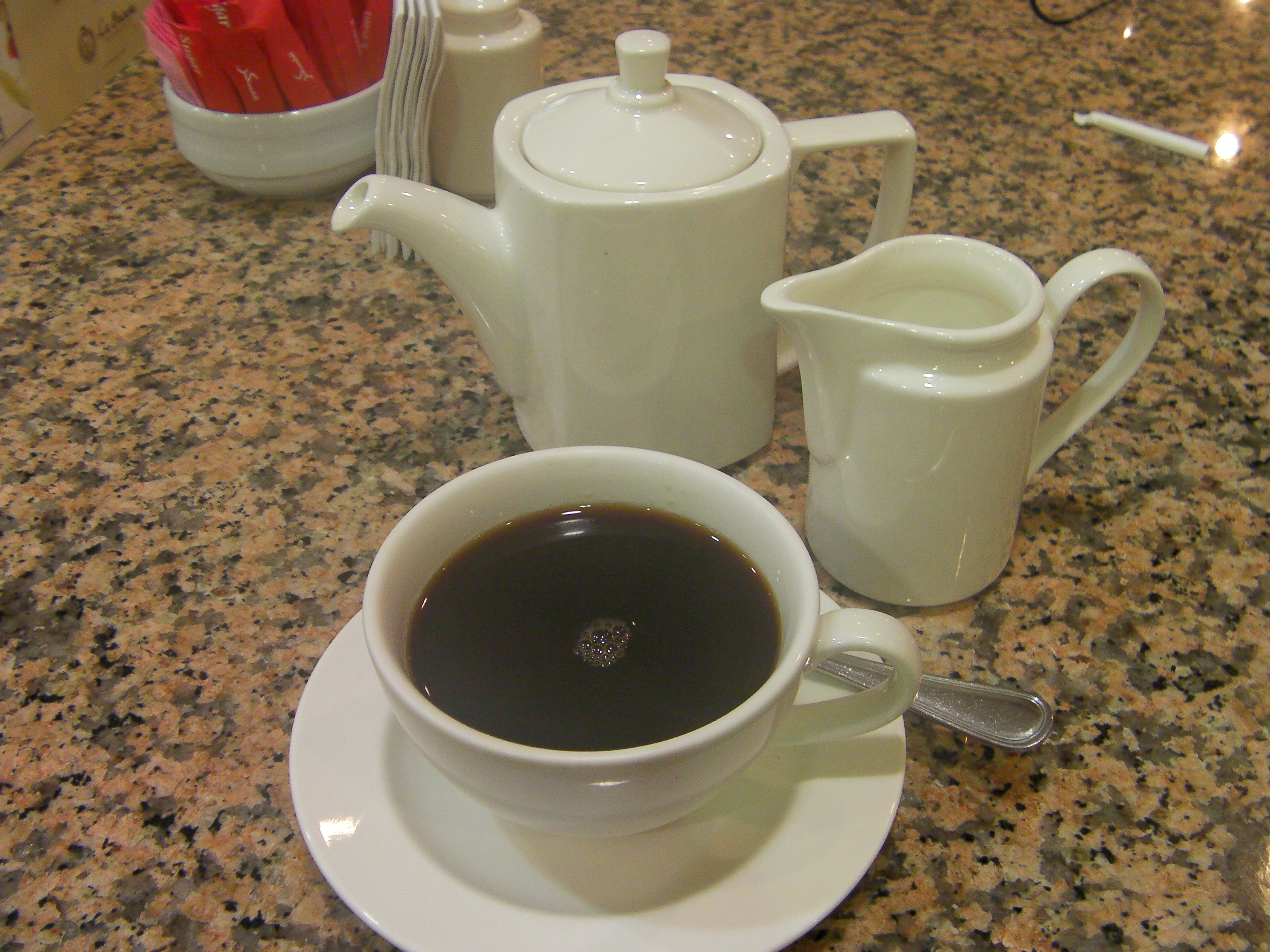
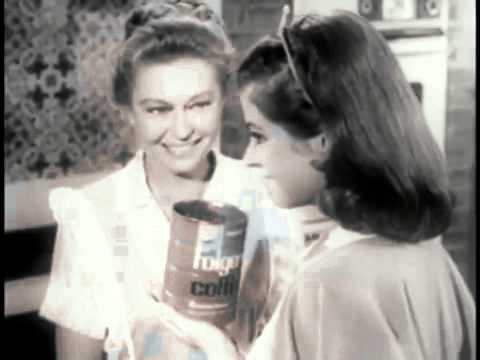
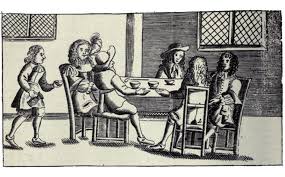






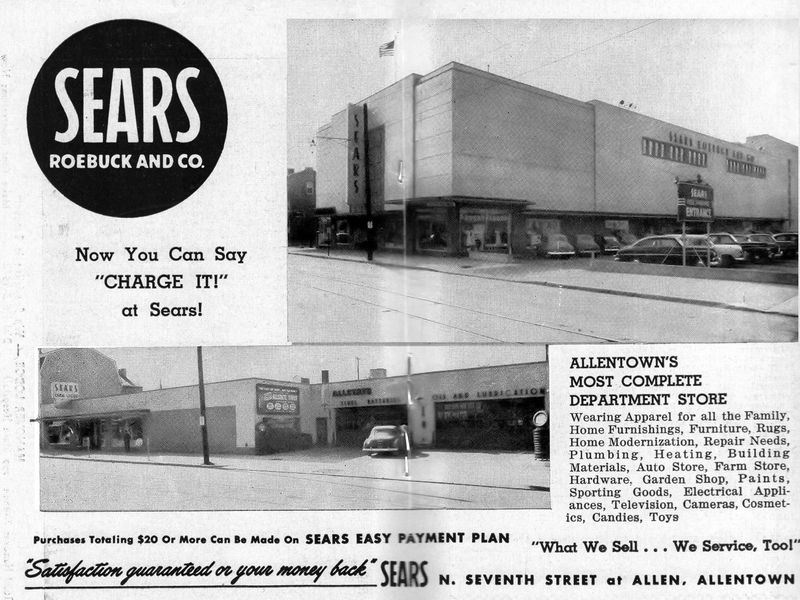
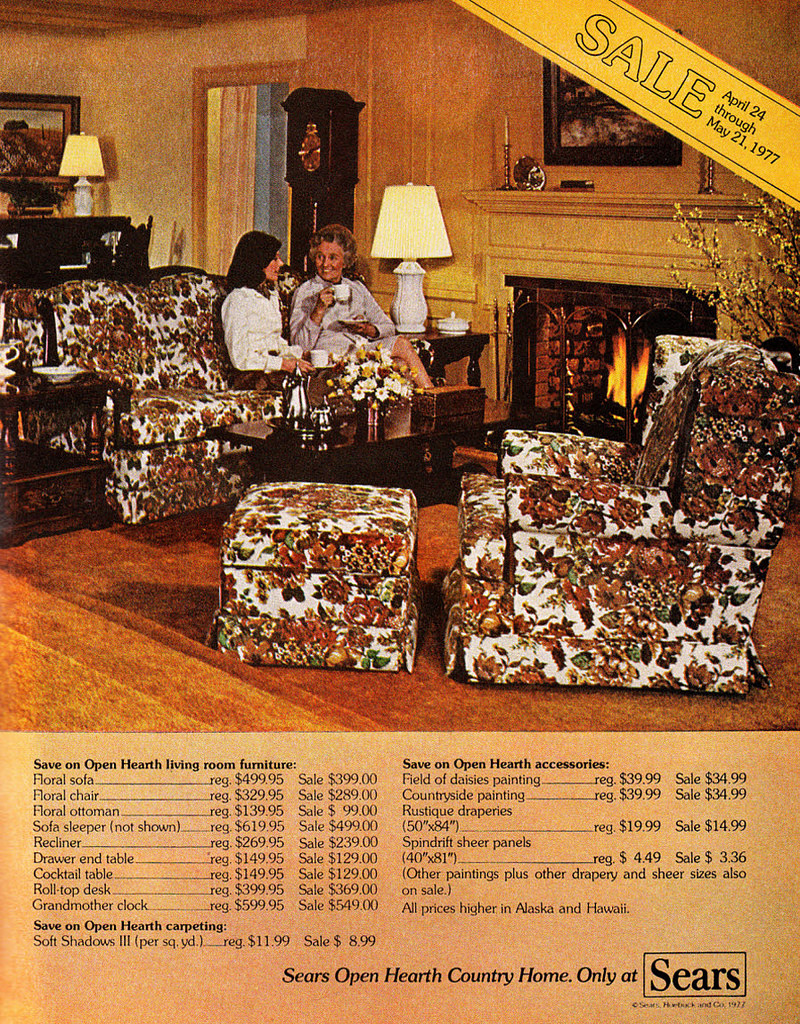
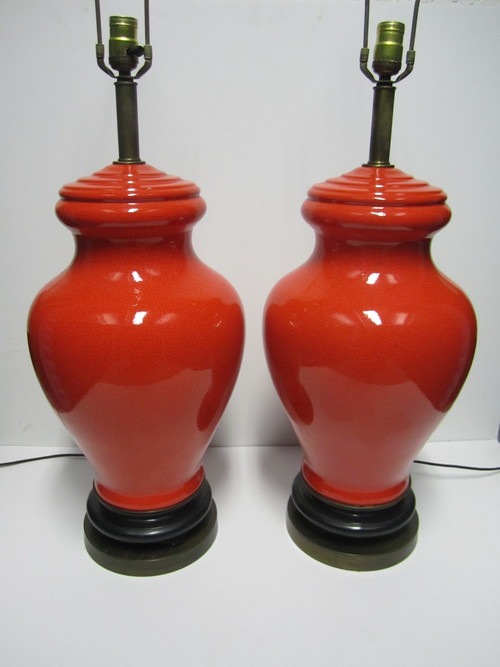
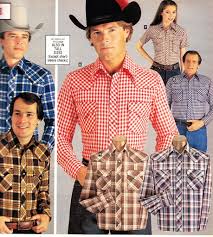
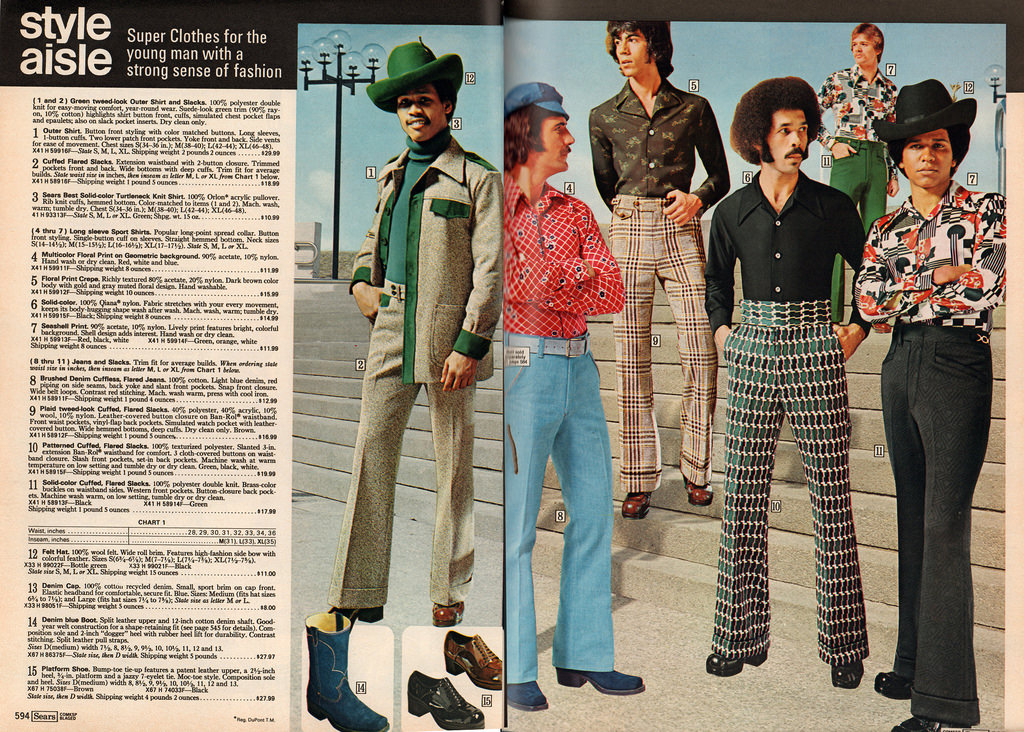
 Join our Email List
Join our Email List Like Us on Facebook
Like Us on Facebook Instagram
Instagram Youtube
Youtube Follow Us on Twitter
Follow Us on Twitter Follow us on Pinterest
Follow us on Pinterest